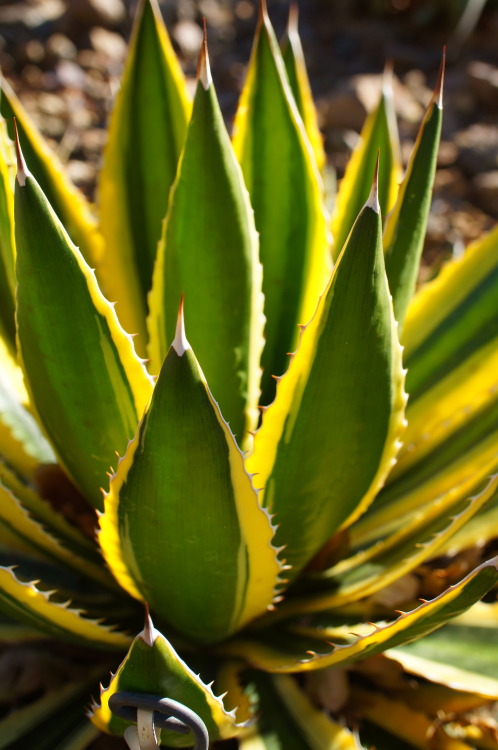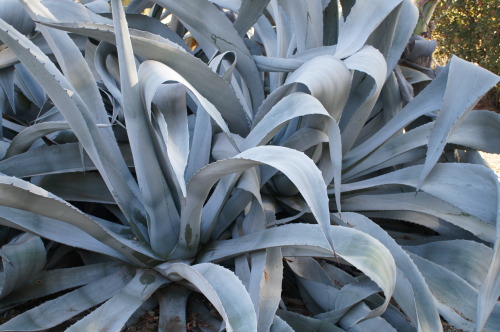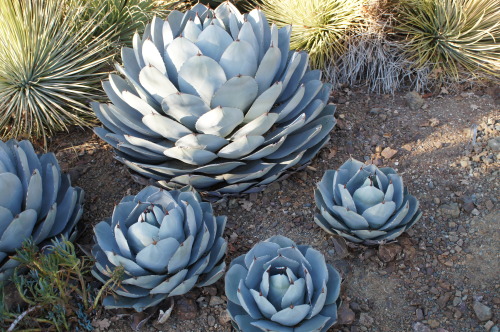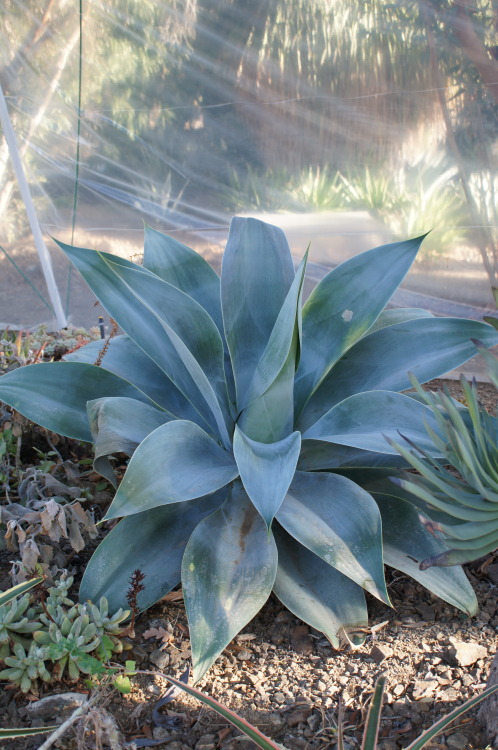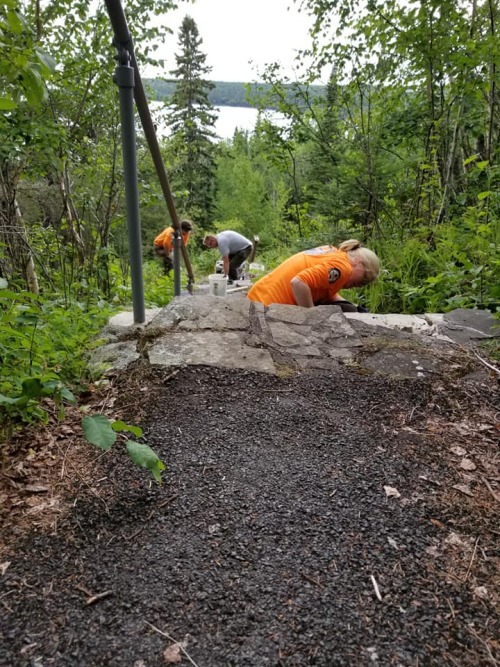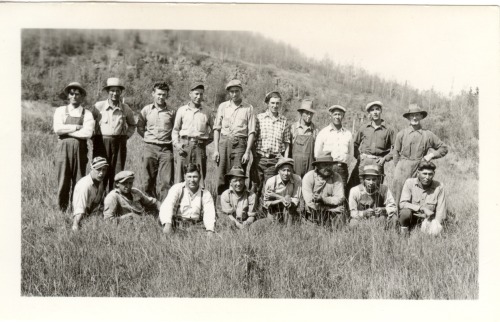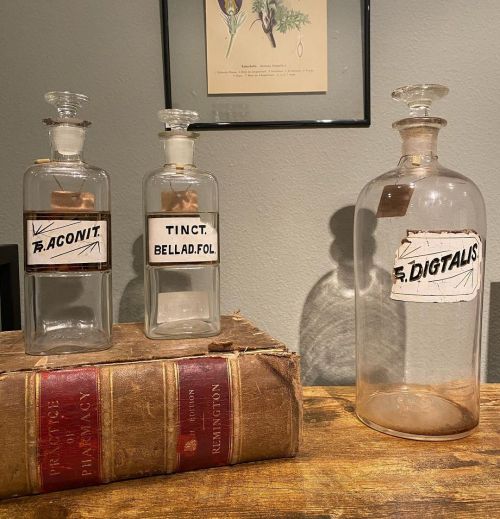#ethnobotany
Have you even had a seaweed cake? Dr. Isabella (“Izzy”) Aiona Abbott, a renowned algae marine biologist and first Native Hawaiian to receive a PhD in science, wrote a book with a recipe for such a cake to better connect Hawaiian flora and culture.
As a child, her mother taught about the edible Hawaiian seaweeds and instilled in her a love for plants that’s shown through her education, as she earned her bachelors (1941), master’s (1942), and PhD (1950) degrees all in botany.
After being hired as a Biology lecturer at Stanford University in 1960, she had the chance to show her exceptional teaching and research prowess. So much so, that the school promoted her to full professor in 1972 despite not being hired for a tenure-track position.
Authoring 8 books and over 150 publications, Dr. Izzy Abbot was considered the authority of algae of the Pacific Ocean. Her love for botany and her culture was so great, that even after retiring in 1982, she continued to work in ethnobotany at the University of Hawaii.
To read more about this incredible scientist (and for a recipe for seaweed cake), explore the links below!
https://news.stanford.edu/news/2010/december/izzie-abbott-obit-120710.html
#AAPIHM #AAPIHeritageMonth #WomanCrushWednesday #WomenInSTEM #algae #botany #ethnobotany #MarineBiology #IsabellaAionaAbbott #JKXComics
https://www.instagram.com/p/CPV5vFVDpzH/?utm_medium=tumblr
Post link
The bean pod of Pterocarpus angolensis is a fascinating one! The genus refers to the distinctive pods: “pter” for wing and “carpus” for fruit. Called kiaat in Afrikaans, this tree is native to southern and eastern Africa and is widely valued for it’s wood, medicinal use and, I imagine, it’s beauty. This particular specimen was collected in Mpumalanga, South Africa. What a fun fruit to sketch!
#Fabaceae #kiaat #bloodwood #wildteak #Pterocarpus #botany #botanize #plants #nature #art #science #scientificillustration #botanicalillustration #illustration #plantart #sketch #inksketch #penandink #brushpen #lineart #linedrawing #ethnobotany #medicinalplants
https://www.instagram.com/p/BuubKJTFfQv/?utm_source=ig_tumblr_share&igshid=c9roeq8lqb8t
Post link
More calla lilies today, which aren’t lilies at all- they’re aroids! Members of the Araceae family are commonly known as aroids or arums and have a spadix inflorescence (a fleshy stem covered in tiny flowers) often accompanied by a spathe (a petal- or leaf-like bract curving around the spadix). In monecious aroids, the female flowers are typically at the bottom of the spadix and the male flowers at the top. A number of different species of aroids are eaten around the world, including Amorphophallus paeoniifolius (elephant foot yam), Colocasia esculenta (kochu, taro, dasheen), Xanthosoma (cocoyam, tannia), Typhonium trilobatum and Monstera deliciosa (Mexican breadfruit). Usually the starchy corm is eaten, though leaves and flowers also have culinary uses.
#Araceae #callalily #aroids #arums #Zantedeschia #botany #botanize #plants #nature #art #science #scientificillustration #botanicalillustration #illustration #plantart #sketch #inksketch #penandink #brushpen #lineart #linedrawing #ethnobotany #edibleplants
https://www.instagram.com/p/BuhZL_3FFaG/?utm_source=ig_tumblr_share&igshid=fo24e0pckabm
Post link
Agaves at the Bancroft Garden (by flora-file)
Agaves are a hardy new world genus endemic to both North and South America. Some species can get quite large, and the flowers especially are well known for attaining alarming tree-like size. Most species are monocarpic, meaning the rosettes die after flowering. Sometimes new pups can form below or around the main plant and it survives, but often the spectacular two-story flower stalk marks the end of the plant.
Agaves have many practical purposes. They have sturdy leaves containing many tough fibers. These fibers can be used for ropes, textiles and other materials. The plant was called maguey and was a very important cultivated crop for many indigenous cultures. The long, pointy needle on the end of the leaf can be carefully peeled back with its long central fiber still attached, to create an instant needle and thread. Both the flowers and the piña (center of the plant) are edible, and the sap was traditionally used to make sweeteners and alcoholic beverages long before the Columbian exchange. Pulque is an undistilled beverage sometimes called aquamiel, or honey water. Distillation of pulque results in the far stronger Mezcal. Mezcal can come from numerous species of Agave, but Tequila must come from Agave tequiliana specifically.
Formerly Agaves were placed in their own family, Agavaceae, with some of their close cousins like Beschorneria, Furcraea, Hesperaloe, Hesperoyucca, and Yucca. More recently the family has been reclassified and tossed into the newly conglomerated familyAsparagaceae,subfamilyAgavoideae. A few other botanical families were also swept into Asparagaceae.which is now divided into seven separate subfamilies. (1)
Post link
Stewardship at Grand Portage National Monument
The Grand Portage Band of Lake Superior Chippewa and the National Park Service work together at Grand Portage National Monument to support, interpret, and protect the lifeways of the Ojibwe people, including the preservation of historic landscape features of the Grand Portage trail.
The Grand Portage was a vital part of both American Indian and fur trade transportation routes because of the area’s geology, topography, natural resources, and strategic location between the upper Great Lakes and the interior of western Canada. Grand Portage National Monument is in the homeland of the Grand Portage Ojibwe. The Band has long been involved in stewardship of the Monument, where tribe members play a critical role in management, landscape maintenance, and historic preservation.
- Discover more about this agreement, ethnobotanical restoration, the role of the Civilian Conservation Corps – Indian Division during the 1930s, and the youth contributions of the Grand Portage Conservation Crew: Stewardship at Grand Portage National Monument
- Learn more about Grand Portage National Monument

Historic bridge at Grand Portage National Monument before work, date unknown (NPS).
Post link
This is going to be a good read I can already tell! It explores working with Psilocybin mushrooms and how the experience can be modified and in many cases directed toward a specific pursuit or with a predetermined set of emotional stimuli. It’s also written in a very easy to read language and is practically double spaced with large font. He also mentions experimenting with some enhancers like harmaline.
#psychedelics #plantspiritmedicine #plantspiritally #magicmushrooms #entheogens #ethnobotany #psychenaut
https://www.instagram.com/p/CdroNdHL5Po/?igshid=NGJjMDIxMWI=
Post link
Lycoperdon- Puffballs- Devil’s Snuff Box
Lyco-perdon = wolf farts
These fungi emit small clouds of spores when they are mature creating little plooms in the air around them. Most puffball mushrooms are edible when you, but slightly resemble young amanitas some of which are toxic. There are some varieties in Mexico and North America reported to have psychoactive effects, or a ritual important to the Blackfeet and Cherokee among others. A number of puffballs have been studied for their psychoactive effects with no trace of any psychoactive components. It is believed that the dream-inducing and visionary effects of some of these mushrooms is attributed to a more subtle mechanism. *please do not eat puffballs or any other unidentified mushrooms*
Image from Wikipedia Commons
#poisonpath #lycoperdon #magicmushrooms #ethnobotany #ethnopharmacology #plantlore #folklore #plantmagic #strangeplants #botanicaloddities #greenmagic #plantspiritally #plantspiritmedicine
https://www.instagram.com/p/CdrXweqLE2-/?igshid=NGJjMDIxMWI=
Post link
Thanks for a great class today! Bought some new apothecary jars for in the shop from @alchemy_and_ashes
#apothecary #toxicology #pharmacology #poisonhistory #toxicology #thepoisonaffairs #ethnobotany #poisonpath #thepoisonpath #poisonmagic #poisonousplants #poisonlore #deadlyplants #poisonbooks #toxicologybooks #booksonpoison #thepoisonpath #veneficium # (at Alchemy & Ashes)
https://www.instagram.com/p/CdRRHs1re3P/?igshid=NGJjMDIxMWI=
Post link
Drought Tolerant Plants: Blue Flax
Drought Tolerant Plants: Blue Flax
“Lewis’s prairie flax is a pretty garden ornamental suited to hot, dry sites. Each morning delicate sky blue flowers open on slender arching stems, only to fall off in the afternoon and be replaced by others the next morning. In spite of its fragile appearance, it is quite sturdy and may put out a second flush of blossoms on new growth in late summer.” — Common to the This Country: Botanical…




The James Smith Noel Collection has just installed a new exhibit, “Ethnobotany: The Influences & Delights of Botanicals.” Ethnobotany is the field of study pertaining to the relationship between people and plants. We invite all to venture through the lens of social botany and its cultural influences through some of the collection’s rarest materials, including a flower arranging game from the 1860s and a collection of hand-colored botanical prints from the 1700s. This exhibit, located on the third floor of the Noel Memorial Library at Louisiana State University Shreveport, will be up from April 4 to July 1.





